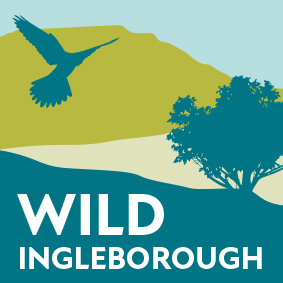A visionary landscape-scale restoration project has been announced today, showcasing an ‘alternative future’ for Yorkshire’s uplands. Wild Ingleborough aims to restore an iconic area in the heart of the Yorkshire Dales National Park, and put Yorkshire at the forefront of the UK’s large-scale restoration efforts.
The project, which is a partnership between Yorkshire Wildlife Trust, WWF, Natural England, The University of Leeds, the United Bank of Carbon and The Woodland Trust, promises to be an important venture for people, nature and climate; working together with local communities including farmers to share skills and knowledge that will create a wilder future around Ingleborough, the second highest peak in the Dales.



